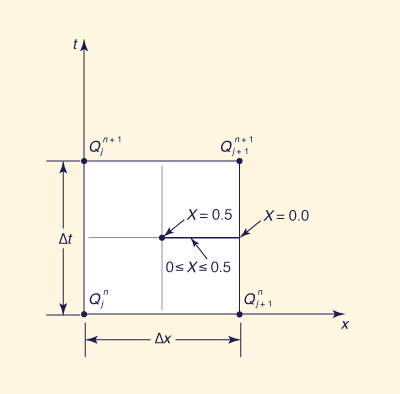1. INTRODUCTION
phenomenon that has been underestimated for many years. It normally occurs in cloud and montane forests at high elevations where the vegetation canopy comes in contact with the cloud cover. It is described in many other forms it literature such as fog precipitation, occult precipitation, fog drip, cloud drip, clou milking, occult condensation and the best which is precipitation by direct interception of cloud water. Direct interception depicts the phenomenon the best since vegetation canopy intercepts cloud water which has a relatively lower velocity than the currents in the cloud hence the reason it does not fall as rain. Fog Precipitation is mainly correlated to the presence of clouds, wind and a dense vegetation cover.
2. RATIONALE
The operation depends great on the vegetation as fog droplets are settled on their surface forming larger droplets to be deposited as precipitation (Sequeira, Figueira, Silva, 2009). During a rainfall event, the vegetation canopy serves an umbrella storing water which mostly evaporates. This is might be a reason that is creating a continuous loop for rainforests. Plants are greatly influenced by the environmental moisture the is in air, land surface, vadose zone and underground (saturated zone) (Ponce, Valdivieso, 2014). The moisture in the air (water vapor/fog) is directly affected by the climate of the region. The temperature and moisture content in the atmosphere in those high elevation regions provide the perfect setting for the formation of those cloud mountainous forests. In addition to that, vegetation is affected by the terrain of land. Hence, plants vary on slopes of mountains due to solar radiation causing mutations to the local available vegetation (Kiss, Bräuning, 2008). This variation is apparent when browsing through the forest which is a reason why species diversity is relatively high in those regions.
3. DESCRIPTION
To correctly capture the data and model the effect of horizontal precipitation on vegetation and precipitation amount, temperature and precipitation data of past years could be utilized to yield the spatial distributions of those variables (Ponce, Valdivieso, 2015). Remote sensing could prove to be of great importance in characterizing and measuring the weight fog precipitation has on total precipitation. Using data of cloud cover, vegetation index, albedo and many other parameters will further simplify the argument. All in all, this phenomenon deserves more attention and data recordings in order to be accurately assessed to be understood. Explain Mexico paper
Fig. 1 Definition sketch.
4. EXAMPLE
Explain Mexico and Madera examples + Oman forest + Ponce Ecuador (Loja-Zamora)
5. DISCUSSION
The drier the weather, the less water the region gets typically. In rare cases the story is reversed such as in Ecuador due to horizontal precipitation. (Explain PONCE study here briefly) Not to mention the effect that elevation has on precipitation as recordings at 2550 m yielded greater values than those at 2100 m (Holder, 2004). This fact is also apparent in Ecuador in the (PONCE again). This is nothing but natural since the higher the elevation, the closer the cloud cover thus increasing the precipitation equation by a factor of fog precipitation.
6. SUMMARY
TBD
REFERENCES
Kiss, K. y A. Bräuning (2008): El bosque húmedo de montaña. Investiganciones sobre la diversidad de un ecosistema de montaña en el Sur del Ecuador. Proyecto de la Fundación Alemana para la Investigación Científica. Unidad de investigación FOR 402. DFG, TMF y Naturaleza y Cultura Internacional. Loja - Ecuador. 64p.
Holder, C. D. (2004, January 13). Rainfall interception and fog precipitation in a tropical montane cloud forest of Guatemala.
Vogelmann, H. W. (1973, February). Fog Precipitation in the Cloud Forests of Eastern Mexico.
Prada, S., Sequeira, M. M. de, Figueira, C., & Silva, M. O. da. (2009, March 18). Fog precipitation and rainfall interception in the natural forests of Madeira Island (Portugal).
Ponce, V. M., & Valdivieso, F. O. (2014, November 8). Climatological gradient in the Loja valley, Loja province, Ecuador.
Ponce, V. M., & Valdivieso , F. O. (2015, September 25). Ecohydroclimatological research along the Catacocha-Zamora transect.
|
